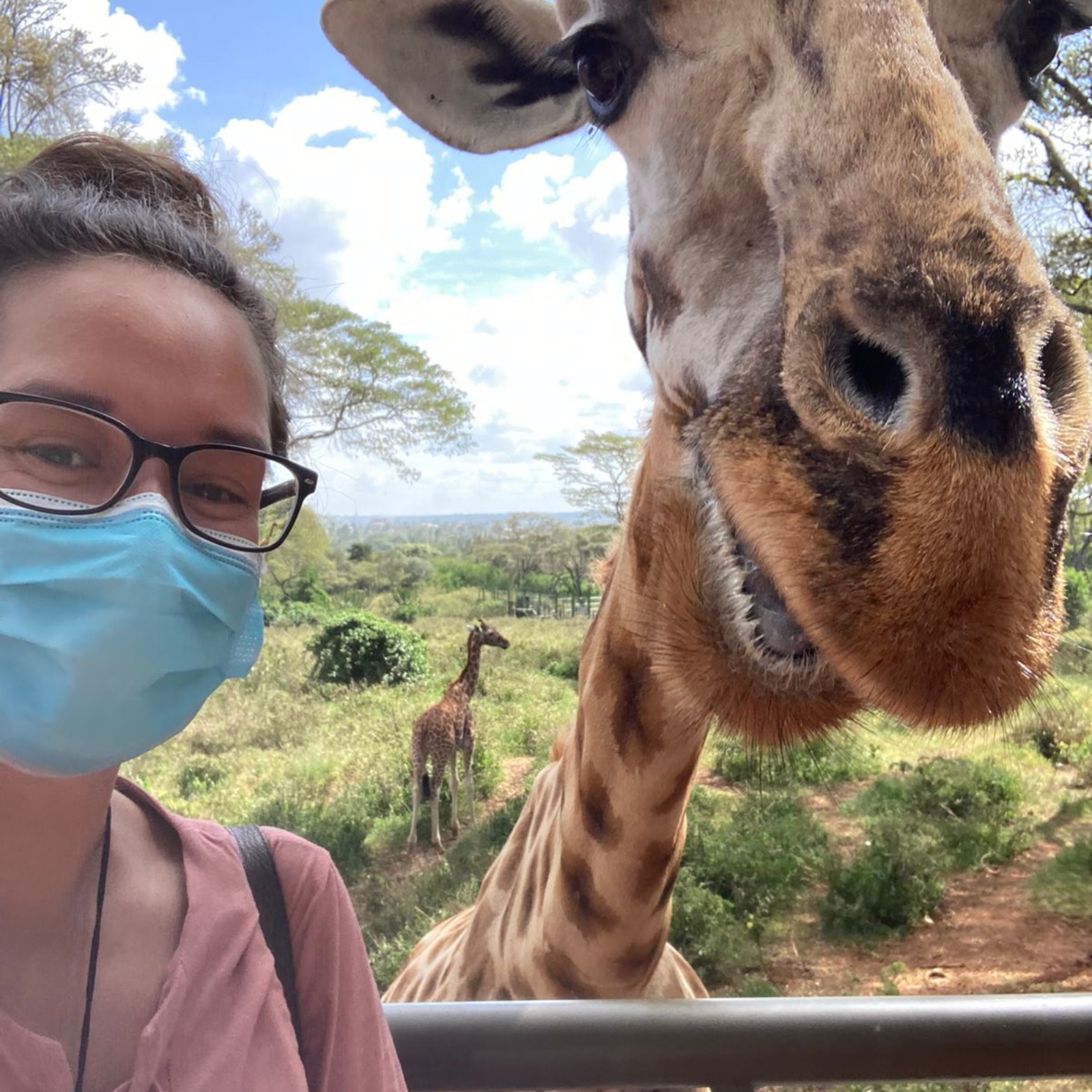Ecosystem Pond
- Felicitas Taube

- Feb 25, 2022
- 4 min read
Ever since I was a little child there has been a pond in our garden. This pond was filled with lots of fish, a few terrapins and beautiful lilies. Today I know how important each living and non-living component is and why my father chased after the Heron.

In the pond in our garden there are Biotic – living organisms and Abiotic – non-living organisms that interact with each other constantly. Water contains many nutrients bringing life to our pond. Without them, the kois wouldn't be able to survive. But what else is in the water that makes a pond such a pleasant scenery? An important component is Algae. Planktonic Algae are microscopic plants that live in every drop of pond water. These tiny creatures are extremely important to the ecosystem because they provide food and are responsible for the chemistry in the pond. Planktonic Algae produces oxygen through the process of photosynthesis. The Algae is a primary producer that uses sunlights energy, water and carbon dioxide to convert it into oxygen. The Algae itself gets its nutrients directly from the water, meaning their growth and reproduction are dependent on the amount of nutrients in the water. This can become a problem if the water is over fertilised, a severe bloom can be the result. If the Algae dies off, it sinks to the ground and decays. Thereby it uses a process called "cellular respiration" which uses up oxygen. As a consequence the oxygen levels in the pond decrease and the fish would suffocate.

To prevent such an algae bloom, other water plants such as the Lily can help. All plants live off the same nutrients in the water, so by having a variety of different plants the algae
growth will minimise all naturally. Even rocks and gravel can help support a stable ecosystem by having their own bacteria living on them.

They will feed on excess nutrients in the water as well as dead plant or animal matter that sinks to the ground onto the rocks. These little bacteria work by breaking down the waste and therefore cleaning the water. A perfect circle between biotic and abiotic components creating a natural filtration system.

In my father’s pond an Algae bloom luckily never happened, the only thing that did harm the Koi was a fish louse. Feisty little creatures brought in from ducks and other birds enjoying the pleasantries of the pond. Though my father seemed frustrated about them, they still fulfil a purpose in a natural pond by controlling the population growth of fish. In our pond this was an unwelcomed, invasive guest and we did our best to control it by getting a dog that would alarm us if something swam in the water.

Despite the “alarm system” we couldn’t control how many birds visited, and why wouldn’t we want them singing or bathing, after all, they bring us much joy. Except maybe the heron. This poor bird only does what it does best; eat fish and lure out my father into his lovely garden.

At night we would hear a concert of the many frogs and toads advertising themselves to potential partners. Or sometimes giving an alarm call to warn each other when we children jumped around with torches to find them. Frogs and Toads are significant organisms in an ecosystem. They keep the mosquito and insect population under control, are part of the food chain as both predator or prey, like for the Heron, and are indicators of a healthy ecosystem. Because frogs absorb water through their skin they're especially vulnerable to water pollutants, meaning you wouldn't find any frogs in polluted water. Tadpoles provide food for fish or terrapins, at the same time tadpoles feed on algae and therefore help by controlling algae growth.

Helpers to frogs are dragonflies, they too feed on mosquitos and insects and add some beautiful colours to the pond. Same goes for the Lilies, not only are they colourful, they provide needed shade for underwater organisms, making the water a bit cooler. Especially in summer, where a fresh water supply and constant water flow is important. This water flow acts as a filter itself while pushing down mosquito larvae, old leaves or other dead material to the bottom, it helps with decaying quicker and keeps the water clean, additionally it provides the circulation of oxygen.

The ecosystem of a pond is a continuous cycle of life between biotic and abiotic components. While neither can survive without each other, we too have more benefits from a healthy ecosystem than we think. The most obvious is that we love looking at a stunning view and the satisfaction of letting our creativity out.

It adds beauty to our backyard and in each season it has a different charm.

Water offers us calmness while following the movements of Koi’s and listening to all the different insects and birds. Listening to nature releases endorphins and lets us relax imminently, in fact the sound of water creates a white noise which will help cancel out the noise of the street traffic or loud neighbours.

While creating your own place for an escape from the rest of the world, it nourishes your mental health. Not only will your stress and anxiety levels lower, your sleep quality will increase and your creativity will rise. Water releases negatively charged ions into the air, which combats free radicals and purifies the air of dust mites, pollens, germs and pollutants. On hot summer days a pond can cool down the air through evaporating water, this process can reduce heat.

A quick swim will save you money by not having visit a public swimming area. At all times you have something to explore and new wildlife to discover. Young or old, everyone will find peace around a pond and nature will thank you for taking care. I for sure always enjoyed our pond.





Comments